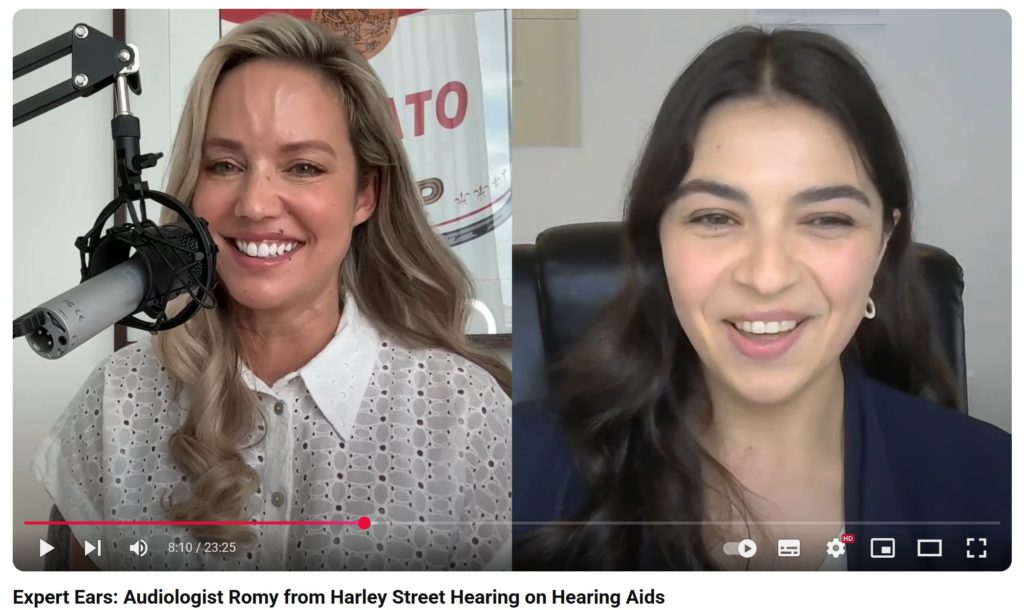What is microtia? Insights from Romy on Sasha Says Podcast
I recently had the privilege of joining Sasha Gardner on her Sasha Says microtia awareness podcast. Sasha, who was born with microtia, has created a fantastic platform to discuss the journeys of individuals with this condition, as well as the challenges and solutions available.
This podcast is a valuable resource for anyone interested in learning more about microtia, whether it’s from the perspective of someone living with the condition, a parent of a child with microtia, or a medical professional.
How microtia affects hearing
For those unfamiliar, microtia is a congenital condition where the outer ear (pinna) does not fully develop. Depending on the severity of the microtia, it can have a significant impact on hearing, particularly the ability to capture and direct sound through the ear canal.
Some individuals with microtia may also experience a narrowed or closed ear canal, or possibly an absent eardrum. Sound then cannot be channelled and passed on to the inner ear (cochlea) the way it typically would be, leading to conductive hearing loss. The degree of hearing loss may vary depending on the degree of microtia.

Traditional hearing aids and bone-conduction devices
One of the key topics I discussed with Sasha was the variety of hearing aids and devices available for those with microtia. Traditional hearing aids are typically the first choice for individuals with sensorineural hearing loss and some types of mixed or conductive hearing losses.
Traditional hearing aids amplify sound, making it easier for the person to hear. However, with the conductive hearing loss associated with microtia, a traditional hearing aid may not be effective. This is where bone-conduction hearing devices come in. Bone-conduction devices bypass the outer and middle ear altogether by sending sound vibrations directly through the bones of the skull to the cochlea. Some bone-conduction devices can be worn with headbands, with behind-the-ear adhesives, or even surgically implanted for long-term use.
Modern hearing aid technology has never been better, and we are very fortunate to have such a wide range of options available. It’s so important for anyone with hearing loss to work with an audiologist who can recommend the right device based on their specific needs, lifestyle and degree of hearing loss.
The importance of an individualised approach
What I appreciated most about my conversation with Sasha was the focus on the individual, as the journey with microtia may look different for everyone. Whether someone chooses to undergo surgery or not, whether they opt for hearing devices or even a combination of both, the most important thing is that each person’s unique needs are met. It’s also crucial that anyone with hearing loss has access to professionals who understand their experiences, as well as support networks. On her podcast, Sasha shares insights and journeys from others with microtia, showing us how different people may navigate the challenges associated with this condition.
My time on Sasha’s microtia podcast was a wonderful opportunity to share insights into how audiology and hearing aid technology can assist those with microtia. A big thank you to Sasha for providing this platform and for her commitment to raising awareness about microtia and hearing loss.
If you’re living with microtia or know someone who is, I encourage you to check out the podcast below and explore the resources available. If you have questions about hearing devices or would like to learn more about how audiology can help, please feel free to reach out.
Expert Ears: Audiologist Romy from Harley Street Hearing on Hearing Aids
Click here to listen on Spotify.
Enjoy this article? You might be interested in some of our others:












